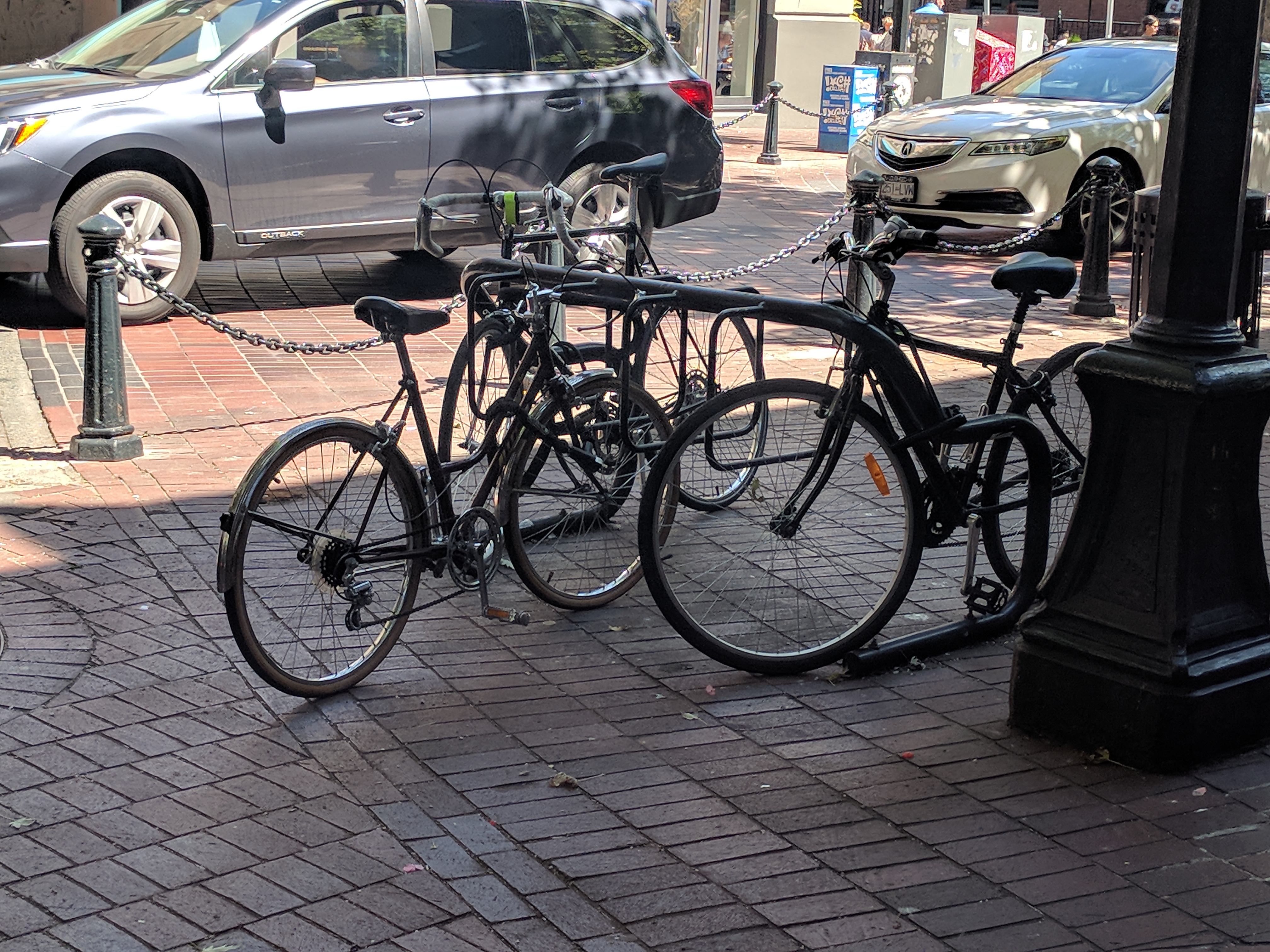For Aucklanders, Vancouver’s extensive network of cycleways is an object of wistful admiration. Question is, how did Vancouver get such a network, and what lessons does it offer those who lust for one here? There is, after all, much in common between the two cities: they’re built around harbours which serve as trade gateways and they are both economic centres for their respective national economies. They’re both magnets for immigrants. Their populations both obsess about house prices. And, as Darren Davis, Auckland Council’s Transport & Land Use Integration Manager, points out, they’re both New World cities, with western settlement dating back only as far as the 19th century.
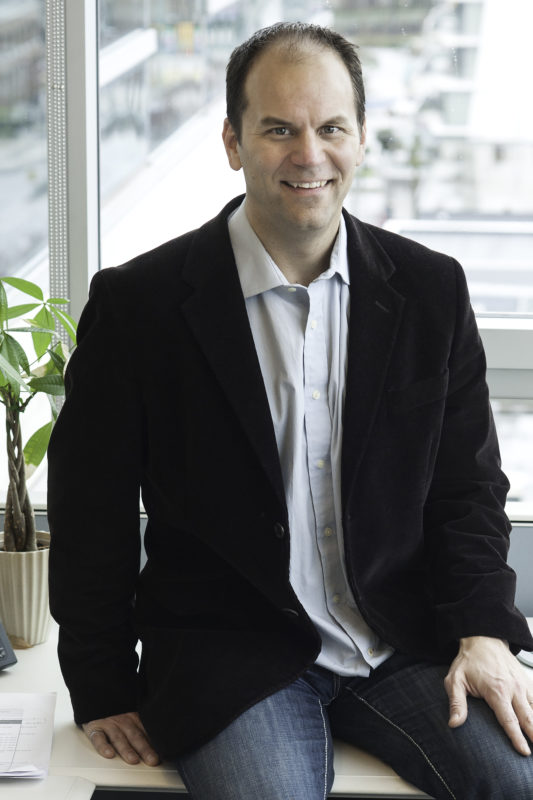
Dale Bracewell, Vancouver City’s manager for transportation planning, was in New Zealand in July to talk about Vancouver’s cycling transformation. He told audiences here that the transition had historic roots, including a grass roots campaign back in the 60’s that killed off plans for a major freeway running through the heart of the city. The freeway was never built, leaving Vancouver one of the very few major North America cities not to be blighted by inner-city motorways. In 1997, the city voted in a transportation plan allowing for no increase in road capacity for cars. And then, in 2010, the city hosted the Winter Olympics, a major catalyst for road diets, beefed-up transit and, yes, cycle lanes.
Along with those factors has been Vancouver’s political environment. The city is known for its social housing initiatives, progressive drugs policies, public transit investment and pro-density town planning. It has an explicit goal of being the greenest city in the world by 2020. You won’t be surprised to learn that Vancouver’s mayor for the last 10 years rides a bike to work and started out as an organic juice entrepreneur.
That political environment has been a tail wind for cycling infrastructure in Vancouver. It’s been Dale Bracewell’s job to get that infrastructure built, sometimes in the face of heated resistance. Ross Inglis checked in with Dale and senior transportation planning engineer Kati Tamashiro to see what it takes to build a cycle network Vancouver style. Dale, by the way, strolled into the meeting wearing a 90’s era All Black jumper, a baggy cotton one with a Steinlager logo and white collar. He’d bought it, he explained, while hitchhiking across New Zealand as a student. A good start:
Bike Auckland: Is it fair to describe Vancouver as a poster child for urban cycling?
Kati: For the longest time, Portland was the cycling city in North America. But in recent years, actually two years ago, our cycling numbers are up, surpassing those in Portland.
Dale: We are the pioneers. We were the first in North America to do a protected intersection for cycling. We were the first major urban centre with over half a million people to hit a 10 percent share of commuting to work. It’s important to note that other cities have standalone projects that I would say are better than Vancouver. Where we’ve advanced the most in the last decade is in the creation of a network that is truly more than a minimum grid, an all age and abilities cycling network to a significant number of places, origins and destinations, that people want to go to and where people were already going.
That’s not to say that other cities haven’t moved too. You know, when I biked in Auckland I saw where the Northwestern Cycleway connects to the waterfront. Fantastic. But you still need to be able to feed yourself into that corridor and you still need a protected and all age, all ability network. You guys are primed for a decade of change there.
BA: Why was Vancouver the early mover?
Dale: Climate is one reason. We’re one of the fortunate cities; we have enough of a summer. But we also know that cycling in the winter months is only one-third of what it is in summer. So that’s not the only reason.
We have had favourable local elected officials who are open to making Vancouver a more cycling-friendly city. I also do acknowledge that we’ve had a bike-friendly mayor. But it still has demanded good public consultation and engagement. We’ve had no carte blanche, there’s been no non-bikelash stories; we’ve had, like other cities, significant pushback.
The other thing is that we’re great believers in the data. Even as we headed towards a 50 percent walk-bike-transit mode share, and ultimately two-thirds, we could tell that there was still latent demand for cycling. We’ve been able to create infrastructure that we had already validated through data and knew that it was going to lead to more people cycling.
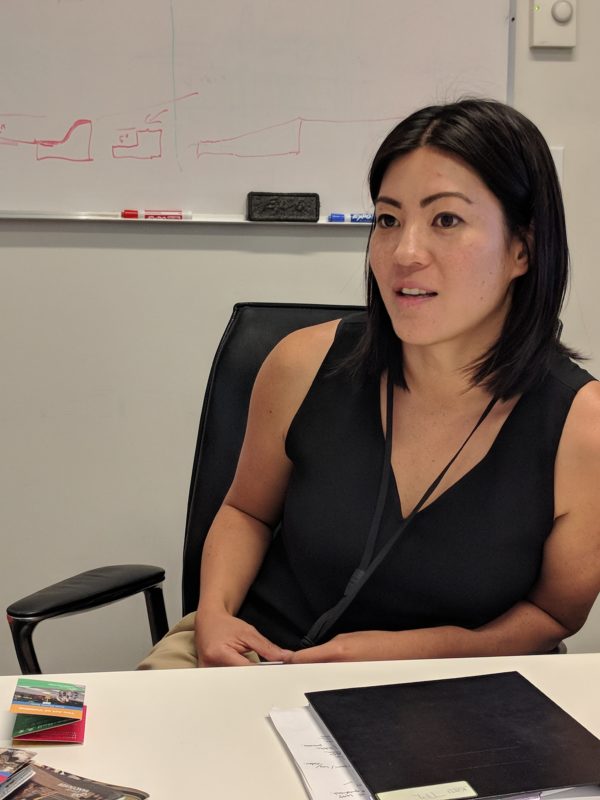
Kati: The city’s green agenda was a big help. When we were preparing the Transportation 2040 plan it was against the backdrop of very inherent green ideas. That helped our conversations about cycling and active modes.
Dale: We were tasked with being the greenest city in the world. And because that was part of the public conversation, whether it was about green transportation or other green environmental initiatives, the idea of more people cycling fit well. It helped on the occasions when we didn’t have the data to prove what we wanted to do, so we could go ahead, do some of it and, later on, prove it. That helped.
Kati: At the time, I was in the private sector and what I could see then was that the public was divided – they loved cycling or they hated cycling. There were no in-betweens. So there was a huge task given to the team in the active transportation branch to do incredible public engagement work. At the time, Dale’s was the only team that had its own public engagement people. So even though there was political support to some degree, there was very strong public opposition to deal with.
Dale: Yes. A lesson learned. We had done our research, looking at Europe, and convinced ourselves on the need for protected infrastructure, and basically got out there and said “We have to do this now, we must engage on what corridor?” Looking back, now we’d take the time to have the conversation about why this type of infrastructure. If we’d done that with the first two corridors downtown, it would have really helped.
BA: “Why protected infrastructure?” is an earlier stage question.
Dale: Yup. And, we kind of skipped that stage. There was also the more traditional resistance: “You’re taking away our parking lane,” and, “I don’t really know what you mean when you pitch to me ‘better’. What’s wrong with a painted bike lane?”
BA: Was there a peak to the bikelash?
Dale: Yup. The Hornby bike lane, in 2010. We’d already done separated lanes on the Dunsmuir Viaduct – that was stage one, basically a left-over from the Olympics, when the viaduct was closed and we reopened it with a protected bike lane. By the time we got to Hornby the bikelash had amplified, people were more mobilized, more ready to express themselves to council. The council in the end did agree to do Hornby as a pilot, and asked us to report back on it. And the voices of business requested, and the council agreed, for us to do an economic impact study.
The overall conclusion of that study was that it was inconclusive. We have to acknowledge that in Canada we don’t really have good sales data; that didn’t help.
Also, at that time we had Jan Gehl come over and he said we need to measure these things three to five years later, preferably five.
Here’s what I learned: you think the businesses in these areas are long-standing. They’re not. They’re always renewing leases, or not renewing them, based on what’s good for them as a business. They’re always making decisions about whether they want to stay on this street or do I want to move over a street or go to the corner when it becomes available.
What we did do, which was exciting for me, was we struck up a bike and business working group. After all the work had been done on Hornby, including the studies, we started a healthy discussion between the City of Vancouver and the business community about what we had learned.
BA: What’s happened to the bikelash since?
Kati: Well, let me tell you about Charles Gauthier. He is the head of the Downtown Vancouver Business Improvement Association. He used to be a bike lane sceptic and now he supports them. Post- Dunsmuir and Hornby, there’s been a shift in the business community but nevertheless there’s still a business community there today and sure, it still would like to know with more certainty what’s in our five-year cycling map. They’d like to be part of discussions, and they are. But Charles is now considerably in support of bike lanes downtown.
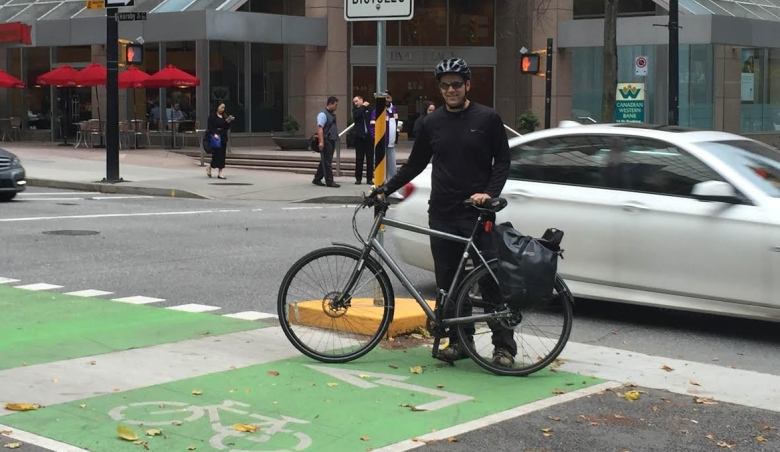
Dale: Whether it’s with Charles or with the other business representatives I’ve had conversations with, I see the lightbulb go off when they start thinking of employees. Many of the employees that work in the businesses are biking there and enjoying it, and more and more so. A good business leader understands that they need to be thinking not just about the customer but also about the people they’re paying to run the business.
We’ve seen that grow to the point now that we need to think more about the security of bike parking because there are more people using the infrastructure and they need protection for their bikes. We have to think about that end-of-journey aspect of cycling as well.
BA: Once the infrastructure is built, how quickly do cycling numbers ramp up?
Kati: We have permanent count stations in key locations across the city but we report ridership across the network; it’s really the increase in the network that we’re looking for.
Dale: It’s important to know how traffic is changing on an individual corridor, but it’s about always reporting back to the mayor and council on the larger bike mode share. Both are important, and we have been able to point to increases, but we’re always reminding people that ultimately, we’re aiming at a greater network and being able to point to the growing number of bike trips and the mode split.
BA: What has been the contribution of the cycling advocacy community in Vancouver?
Kati: It is key. Organisations like HUB Cycling and others focused on active and sustainable transportation have established partnerships with us to move projects forward, to speak to the public, to speak to the council. HUB in particular has a really significant presence in BC, and in particular in this city. They provide positions politically as well on policies and projects, they’re very outspoken and they’ll go on the news.
HUB Cycling helps us with inter-municipality relationships as well. We are a very pro-cycling city but our neighbours might not be so much, and they can have different policies. HUB Cycling is the voice of the cities beyond Vancouver. It helps that way too.
BA: What are your thoughts about triple A infrastructure versus, say, painted bike lanes? Is it worth paying the extra, always, for high-quality infrastructure?
Kati: We’ve had a resident panel survey since 2015 which told us that around 20 percent of respondents were comfortable with the infrastructure we had at the time, which was largely painted and shared. There was an additional 40 percent who felt unsafe but were curious about cycling. And there was something like 25 percent who didn’t care and weren’t going to cycle anyway. So the infrastructure of that time was only really serving 20 to 25 percent of the residents.
We needed to tackle that. We needed to provide, for equity and other reasons, for more of the Vancouver demographic, including the up to 80 percent who would like to cycle and to feel safe. That was the origin of the AAA network; we needed to encourage those people and provide the facilities because that was our mandate.
Beyond that is the concept that we’re designing facilities not just for your everyday cyclists or what we call the plus riders; we have to provide for kids and seniors alike. So when we talk about the costs and benefits and the dollar values we assign to infrastructure, the discussion revolves around servicing the majority of Vancouver residents, and beyond, who want to cycle, not just the 10 to 20 percent who already feel comfortable because they’re fast riders.
Also, safety is our number one goal. Transportation 2040 highlights this. We have a policy of moving towards zero, which means zero fatalities. Cycling and walking is part of that; they are in fact our most vulnerable users. It is our mandate at a policy to level to provide the highest standards of safety and the triple A network is part of that.
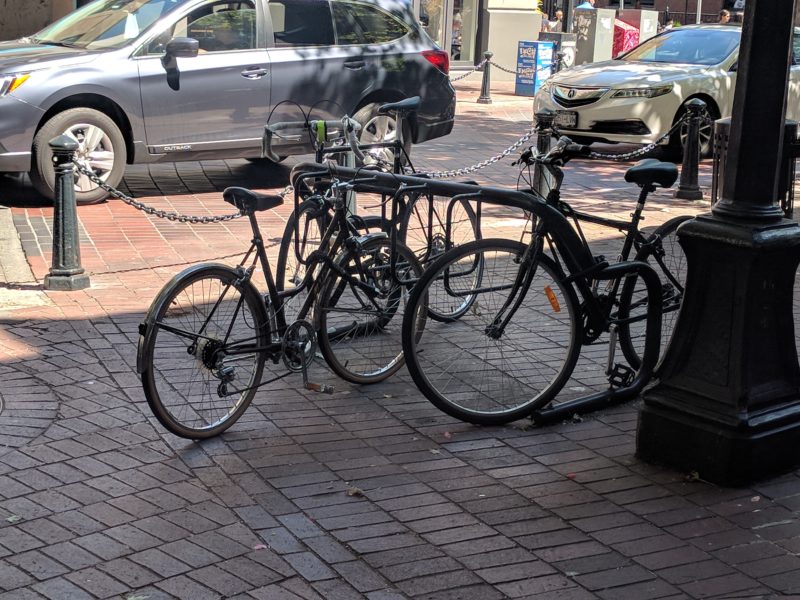
BA: Are you able to satisfy yourself that the AAA network is safer?
Kati: we have some data that backs it up. For example, we have data that comes from our insurance authorities; they’ll give us all the incidents and fatalities and different degrees of damage to the vehicles they insure.
We know we’ve been missing data about cycling and walking, so now we get data from hospitals as well. We get original hospital data about accidents, and we get reports on dooring incidents. That data is key for us in deciding where we need to provide bike lane facilities in major high streets or on commercial corridors.
There are still some data gaps but the safety story isn’t just seeing the numbers, it’s seeing the demographics. When we’re attracting women and children and seniors there has to be an increase in safety because now these groups feel compelled to use the facilities.
Dale Bracewell is a prolific tweeter. Follow him: @Dale_Bracewell
Next up in our Vancouver series: an interview with the good people from HUB Cycling.

